You certainly don’t have to spend money to enjoy Bruges. Although most top attractions charge an entrance fee, many others are free, including the Burg, the Beguinage, the cathedral and churches. Then there’s the sheer pleasure of just wandering around, taking in the views and the spiers and stepped gables reflected in the canals. It’s very easy to get wonderfully off the beaten track, just a street or two away from the main thoroughfares and squares.
For more Bruges inspiration, check out our guides to the island’s best hotels, restaurants, nightlife and activities.
Walk in wonder
Bruges is a wonderfully walkable city. Equip yourself with a free map, sturdy walking shoes (for the cobblestones) and hit the road. The historic city center is surrounded by an egg-shaped water ring that follows the line of the old city walls, the Bruges Vesten (of which only four medieval city gates have been preserved). It only takes about 30 minutes to walk straight through the historic city center, from one side of the egg to the other. Outside the center (around the Markt and the Burg), the city quickly becomes a network of quiet cobbled streets and photogenic stone bridges over the canals.
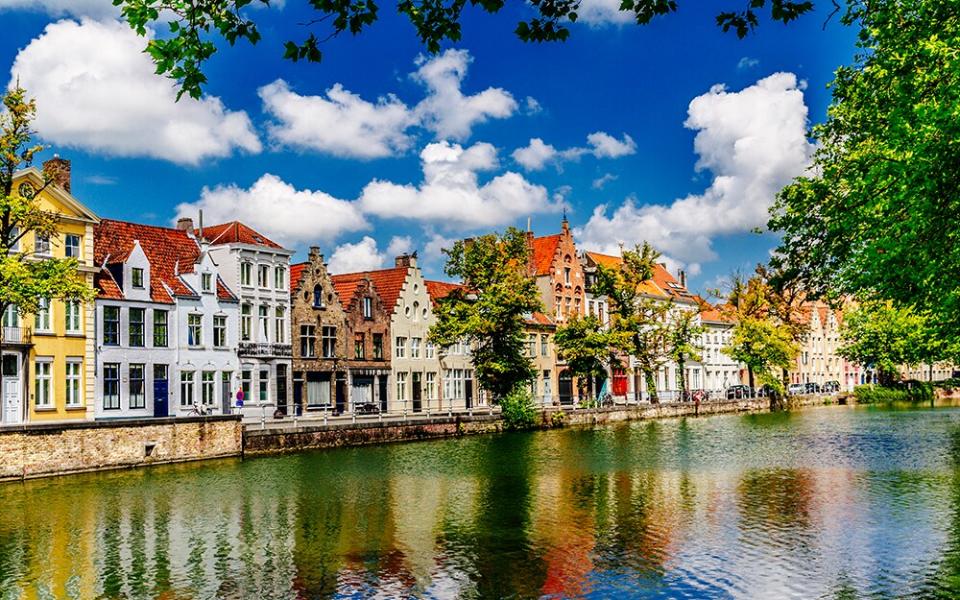

Feed your rebellious spirit
Pay your respects to the double statue in the middle of the Market, depicting Pieter de Coninck and Jan Breydel (or Breidel), a weaver and a butcher respectively, who led a revolt against their French rulers in May 1302. Anyone who could’ Pronouncing the difficult expression ‘Schild en Vriend’ was considered French and massacred in what became known as the ‘Bruges Matten’. This was followed by the great victory of the Flemish over the French in the Battle of the Golden Spurs on July 11, 1302 (still celebrated as the Day of Flanders). Independence, identity and civic pride remained a continuous theme in Bruges and Flemish history.
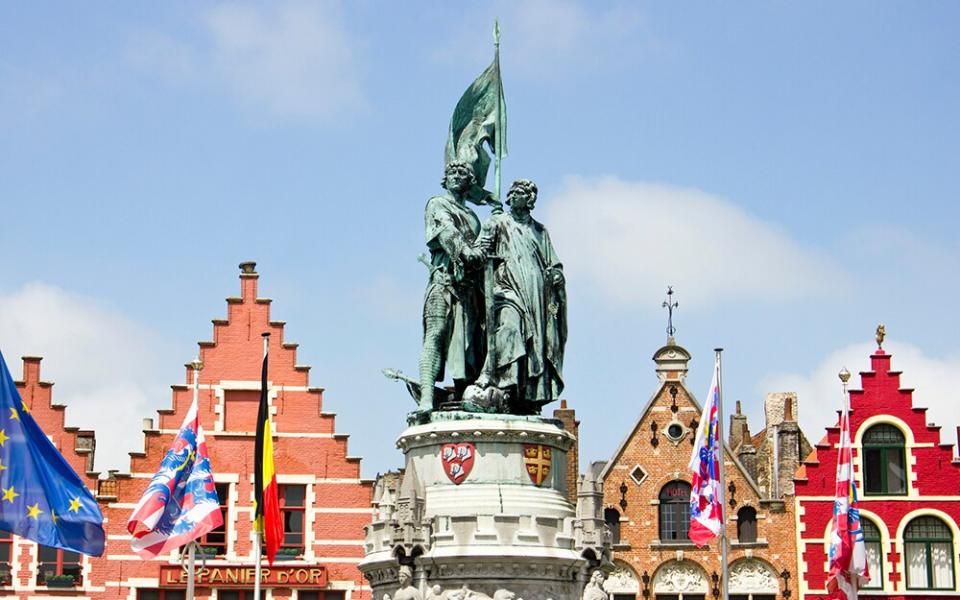

Meet the Knights of the Order of the Golden Fleece
St. Salvator’s Cathedral (Cathedral of the Holy Savior) was originally built in the 12th to 15th centuries, but was extensively restored and recently renovated in the 19th century. It is impressive for its enormous scale, especially since it only became the cathedral in 1834. It contains an elaborate baroque organ and pulpit, plus some excellent reredos (3D altarpieces) and a fine collection of paintings in the treasury. But also note the coats of arms in the choir, on the occasion of the chapter meeting in 1478 of the Knights of the Order of the Golden Fleece (founded in Bruges in 1430); Edward IV of England was here.
Contact: Visitbrugge.be
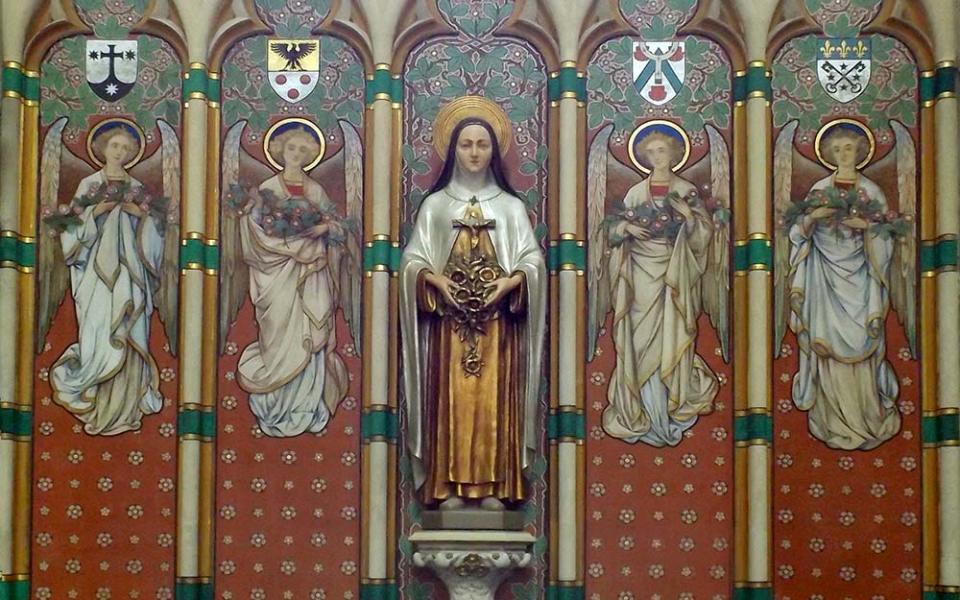

Discover little-visited parish churches
The various parishes of Bruges each have their own churches, in which enormous artistic and architectural efforts and wealth were invested in the past. They are vastly under-visited and have therefore often struggled to justify the long opening hours, and access can still be an issue, but an attempt has been made to keep them open at regular times. The best are the Sint-Jakobskerk (Church of Saint James), 15th century, with a rich art collection; St Giles’ Church (St Giles), 13th-15th century, with a rare wooden barrel vault nave; Sint-Walburgakerk (St. Walburga), 17th century, exuberant Baroque; and Sint-Annakerk (Sint-Anna), in the east of Bruges, 17th century, with a beautifully modulated Baroque interior, like a Dutch painting.
Contact: Visitbrugge.be
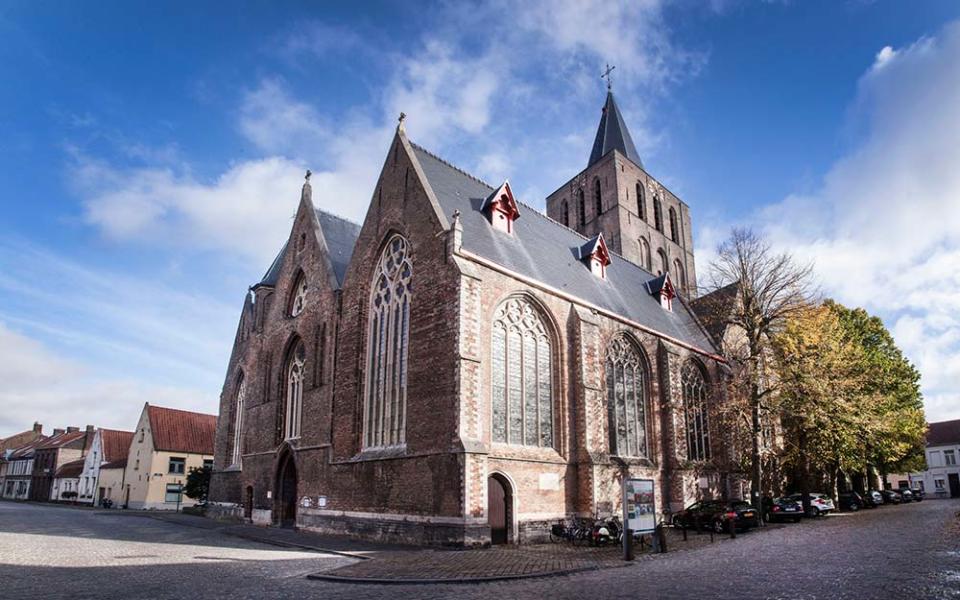

Breathe in the tranquility of a house of God
Dotted around the historic center of Bruges are numerous beautiful whitewashed houses, some dating back to the 14th century and marked in neat black letters with the word Almshouse and a name and date of foundation. These are the city’s almshouses, often named after their original sponsors, who provided homes for the worthy poor out of a sense of civic duty – or as penance for wrongdoing. Completely restored, most are still used as housing for the elderly. If you see a gate open, you can discreetly enter the courtyard and catch a glimpse of the timeless tranquility.
Contact: Visitbrugge.be
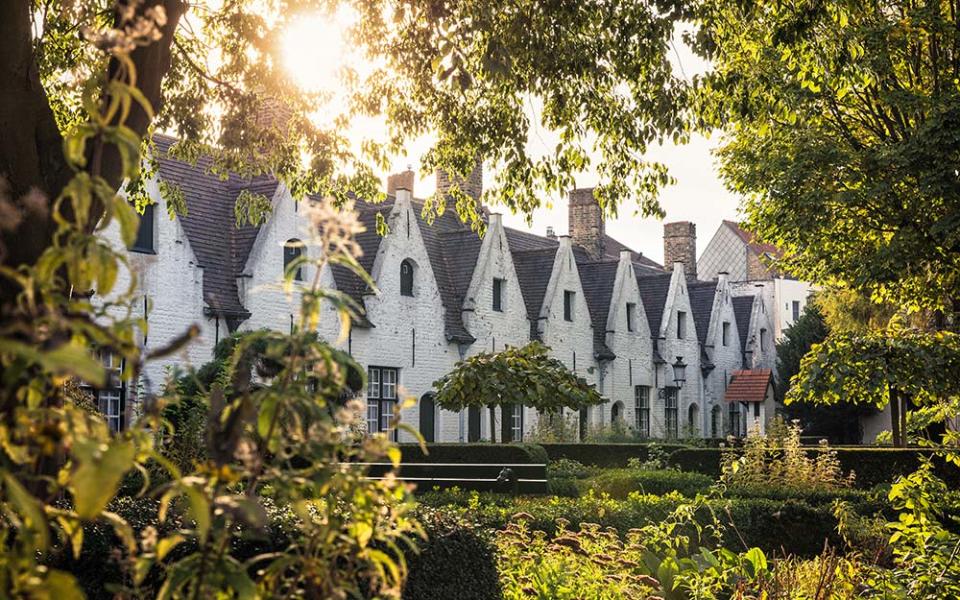

Explore the Hanseatic district
In its heyday as a trading city in the 15th century, Bruges had close ties with the Hanseatic League, and merchants from the Hanseatic cities and other countries stayed here, especially in the area around Jan van Eyckplein. Street names in the Hanzekwartier tell the story: Oosterlingenplein (German), Spanjaardstraat (Spanish), Fransestraat (English). Here the canal, which ran from the Spiegelrei, used to lead past the Tolhuis, the Poortersloge and the crane on the Kraanplein to the (now disappeared) covered quays on the Markt. Close by is the Huis Ter Beurze, the first stock exchange in the world.


Admire the medieval gates of the city
There are four surviving medieval city gates: the Ezelpoort (northeast), Kruispoort (east), Ghent Gate (southeast) and Smedenpoort (southwest). They were not only defensive strongholds, but also controlled the roads and trade in and out of the city. Their enormous scale gives a good impression of the massive city walls that once surrounded the city. The walls were first built around 1297 and rebuilt in the 1360s. They were destroyed in the 1780s by the Austrian rulers of Belgium, as part of a modernization plan. You cannot (usually) enter any of these city gates, but just from the outside they are all equally impressive.
Contact: Visitbrugge.be


Walk among the icons of ‘The Lost Corner’
The eastern edge of historic Bruges is called ‘De Verloren Hoek’ (The Lost Corner) and sometimes feels wonderfully deserted after the hustle and bustle of central Bruges. On elevated ground along the line of the old city walls stand four historic windmills – preserved survivors of about twenty windmills that once pierced Bruges’ skyline, harvesting the wind to grind grain and oilseed. One of them, the Sint-Janshuismolen, built here in 1770, is still in operation and can be visited (for a small entrance fee), but it is enough to just walk through it, along the banks of the canal.
Contact: Visitbrugge.be
Price: Sint-Janshuismolen: £
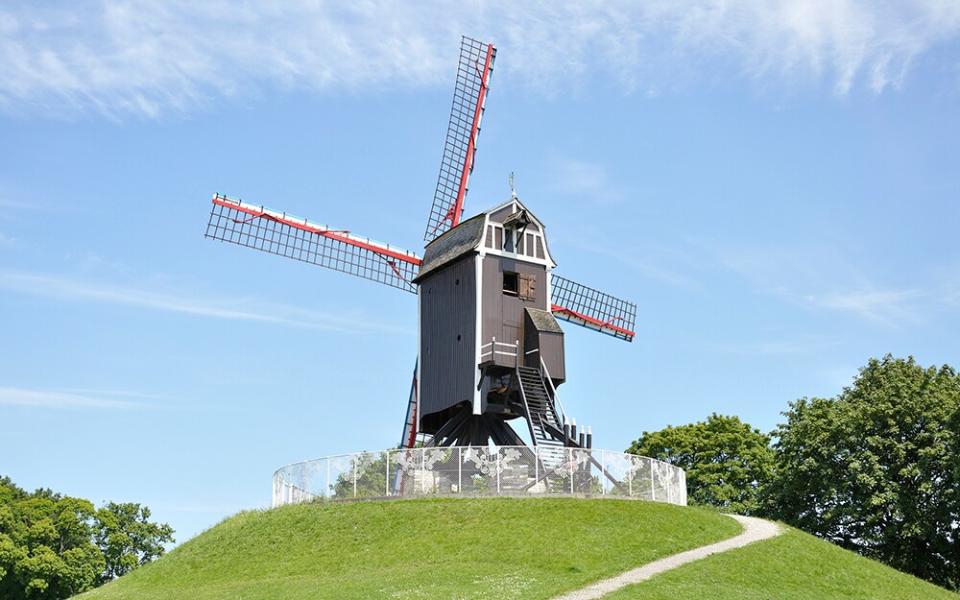

Picnic at the Lake of Love
At the very south of the city lies the old port of Bruges, where trading ships moored. This was within the old city walls, which are still marked today by the 14th-century Poedertoeren (gunpowder tower). The harbor is now a beautiful lake, called Minnewater, inhabited by the famous Bruges swans, with an adjacent Minnewater park. This is a good place to take a picnic. ‘Minnewater’ is often translated as ‘Lake of Love’, because minne means love in Dutch. Actually, the origin of the word here is probably more like ‘inside’ or ‘plain’ water, but hey, you’re in romantic Bruges: forget the mundane option.
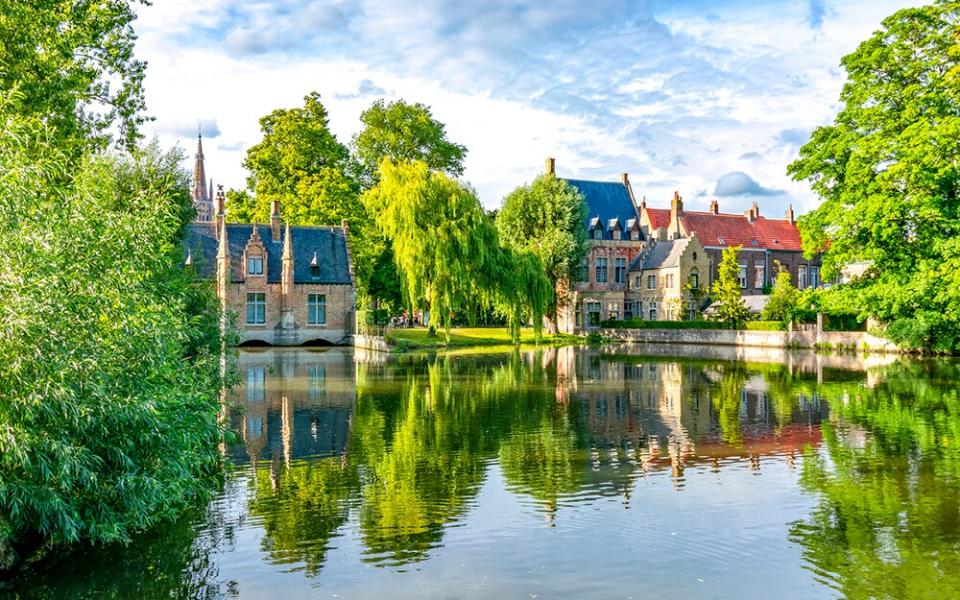

Jog your way through the former city defenses
The Bruges Walls, the old city walls, were approximately 6 km long in total. There is a beautiful path that follows their line almost entirely, along elevated ground shaded by mature trees, overlooking the surrounding canal, with occasional fine views over the city. The only place where the path is broken is on the opposite side to the north, between the Ezelpoort and the Dampoort, about 1.5 km apart, but here it is easy enough to find your way along quiet streets between these two points. Joggers can follow a marked Running Course (Loop Route; a total of 8.6 km) that extends further north.
Contact: bruges.be